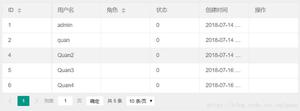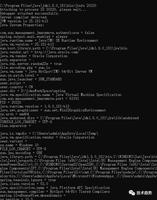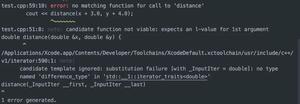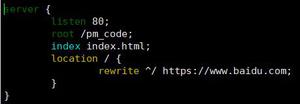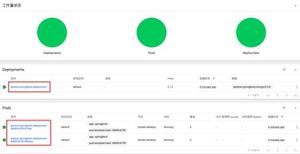如何对基于Django类的通用ListView使用分页?
如何在Django 1.3中使用分页?
该文档对此不是很清楚。
我views.py怎么了?
我的模板如何处理?
URLconf文件中有什么内容?
回答:
我认为你需要有关将分页与基于新类的视图一起使用的信息,因为使用基于传统函数的视图很容易找到。我发现仅通过设置paginate_by变量就足以激活分页。请参见基于类的通用视图。
例如,在你的views.py:
import modelsfrom django.views.generic import ListView
class CarListView(ListView):
model = models.Car # shorthand for setting queryset = models.Car.objects.all()
template_name = 'app/car_list.html' # optional (the default is app_name/modelNameInLowerCase_list.html; which will look into your templates folder for that path and file)
context_object_name = "car_list" #default is object_list as well as model's_verbose_name_list and/or model's_verbose_name_plural_list, if defined in the model's inner Meta class
paginate_by = 10 #and that's it !!
在你的模板(car_list.html),你可以包括这样的分页部分(我们有一些情境变量可用:is_paginated,page_obj,和paginator)。
{# .... **Normal content list, maybe a table** .... #}{% if car_list %}
<table id="cars">
{% for car in car_list %}
<tr>
<td>{{ car.model }}</td>
<td>{{ car.year }}</td>
<td><a href="/car/{{ car.id }}/" class="see_detail">detail</a></td>
</tr>
{% endfor %}
</table>
{# .... **Now the pagination section** .... #}
{% if is_paginated %}
<div class="pagination">
<span class="page-links">
{% if page_obj.has_previous %}
<a href="/cars?page={{ page_obj.previous_page_number }}">previous</a>
{% endif %}
<span class="page-current">
Page {{ page_obj.number }} of {{ page_obj.paginator.num_pages }}.
</span>
{% if page_obj.has_next %}
<a href="/cars?page={{ page_obj.next_page_number }}">next</a>
{% endif %}
</span>
</div>
{% endif %}
{% else %}
<h3>My Cars</h3>
<p>No cars found!!! :(</p>
{% endif %}
{# .... **More content, footer, etc.** .... #}
要显示的页面由GET参数指示,只需将?page=nURL 添加到即可。
以上是 如何对基于Django类的通用ListView使用分页? 的全部内容, 来源链接: utcz.com/qa/417963.html


